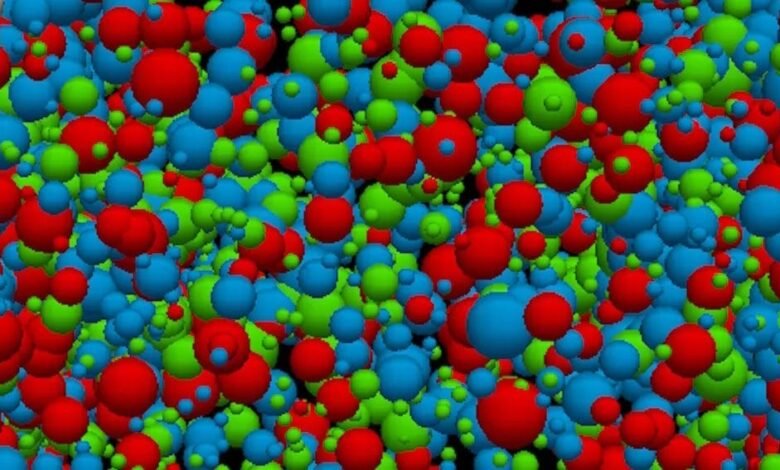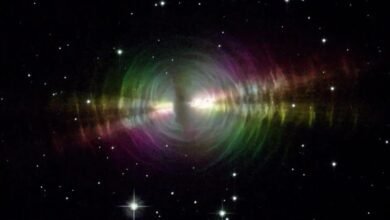We still don’t know how “hot” the hot Big Bang was | by Ethan Siegel | Starts With A Bang! | Oct, 2025

We’ve long known we can’t go back to infinite temperatures and densities. But the hottest part of the hot Big Bang remains a cosmic mystery.
In many ways, the Big Bang was the biggest idea to ever come out of Einstein’s General theory of Relativity. This tremendously successful theory gave us everything from gravitational waves to black holes based on one profound insight: that the fabric of spacetime itself would evolve, curve, and even ripple based on the properties and behavior of the matter and energy within it. When we applied Einstein’s equations to the entire Universe as a whole, along with the idea that the Universe was filled nearly uniformly with matter and energy on the largest scales, we wound up with an expanding Universe. Extrapolating back in time, we arrived at a very hot, dense, and uniform early state, where all of the Universe’s matter and energy was concentrated into a tiny, minuscule volume.
And yet, if we look at the evidence that persists in the Universe today, left over from those early cosmic stages, we find that the hot Big Bang couldn’t have risen all the way up to the hottest possible temperatures: temperatures corresponding to the Planck scale. Those high energies, corresponding to around 10¹⁹ GeV or 10³² K…
Source link





